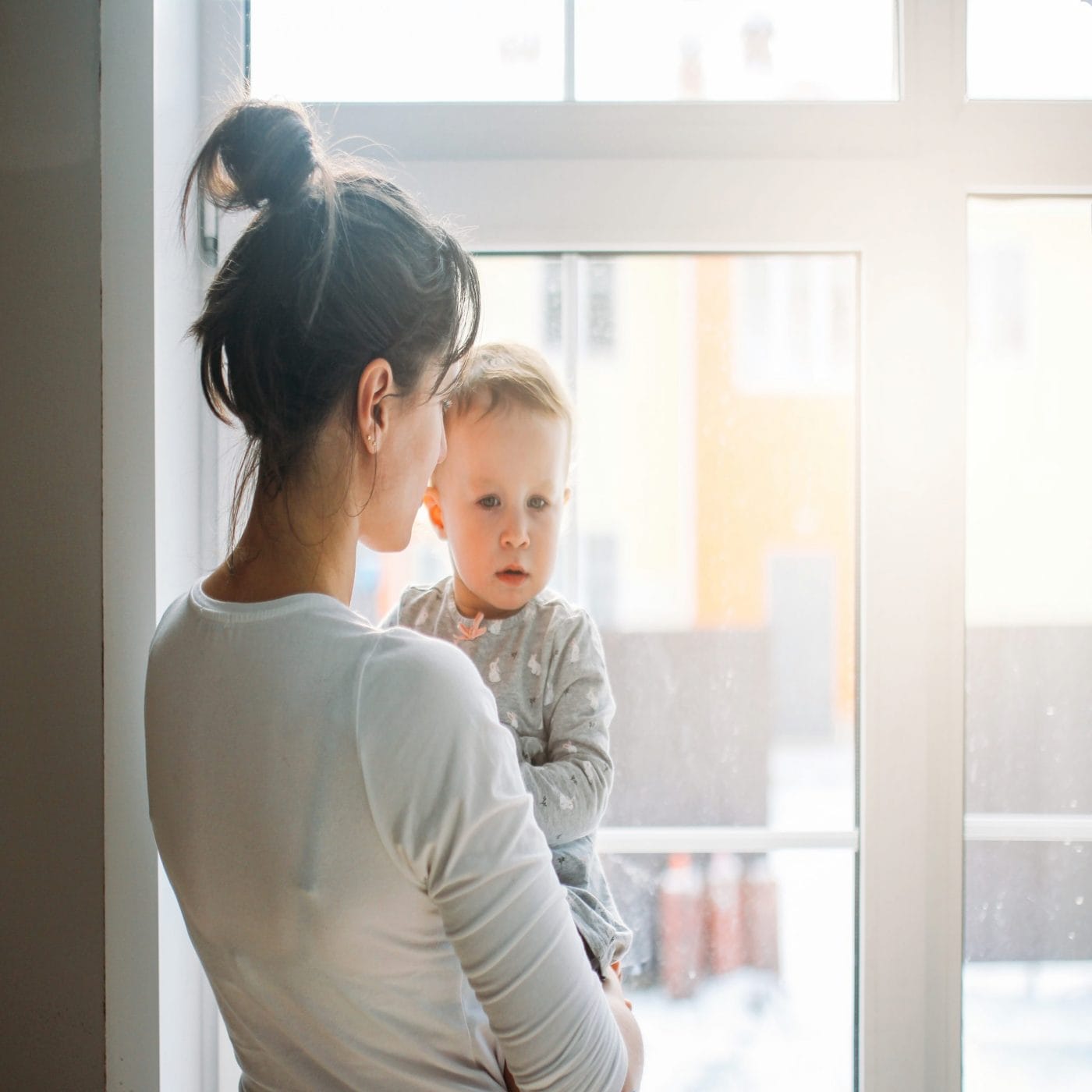Why America needs to consider paying stay-at-home parents

It could help solve the childcare crisis in this country, says one expert.
When we talk about childcare we’re usually talking about how expensive it is—the cost of childcare has risen faster than incomes, faster than the costs of other goods and services and in 2020, the #yearofthemother, parents are demanding politicians address this affordability crisis.
But according to Elliot Haspel, an education policy expert and the author of the new book Crawling Behind: America’s Childcare Crisis and How to Fix It, the answer to America’s childcare crisis isn’t making childcare cheaper but rather accepting that it should be expensive.
And if America were to accept that truth, it would need to pay childcare providers accordingly—including stay-at-home parents.
In Crawling Behind Haspel makes a case for childcare as a public good and argues for the creation of a Child Development Credit system, which would see families receive $15,000 which they could spend on a quality day care, another form of childcare or in order to have one parent do the work of childcare at home.
Haspel proposes parents could receive $15,000 for their first child and then smaller amounts for each subsequent child, and that the funds should also be pro-ratable in order to allow parents to work part-time if they desire.
“We need to talk about paying stay-at-home parents because the financial stresses of being a one-income family for the third of kids that have a stay-at-home parent are also hurting child development,” Haspel tells Motherly.
As Motherly has previously reported, it is harder than ever before for American families to get by on a single income, and as Haspel explains in his book, allowing parents to collect a Child Development Credit would mean families (and therefore little kids) are less stressed about money they can thrive and partake in educational activities that they wouldn’t be able to do if they were worried about wasting gas by driving to the library or whether they can afford to put their child in a soccer program.
“When families have more means (and therefore don’t have to worry about gas money, etc.), they’re more able to engage in communal activities, in turn bolstering relationships that lead to offers of help and less isolation. From the other direction, if the community puts our money where our mouths are regarding the importance of families, then compensating stay-at-home parents should make their hard work both visible and worthy of lifting up,” Haspel writes.
Parents’ work absolutely needs to be visible, because being a stay-at-home parent certainly doesn’t mean a person isn’t working. Those who stay home to raise children are working so hard, and some estimates suggest that if a household outsources all the labor stay-at-home parents do it would cost over $160,000. By that standard, a $15,000 Child Development Credit is a steal of a deal.
Paying stay-at-home parents is unlikely to be a popular idea in a country where 72% of registered voters 50 and older believe day care costs should be paid by parents, not a federally funded universal child care program, but it is an idea that needs to be talked about, if only to illuminate all the unpaid labor parents (mostly mothers) are doing, every day.
The fact that this care work so often goes unnoticed and unappreciated by society is part of the wider devaluation of care work—which is what allows society to think it is okay to pay early childcare workers less than Amazon delivery drivers. Stay-at-home parents, day care workers and nannies have something in common beyond caring for children: The people doing these jobs are mostly women. And that’s part of the reason why these jobs don’t pay. Care work is seen as women’s work when it should be seen as important work.
Right now childcare is expensive but those doing the care are underpaid. Haspel is arguing that childcare is worth investing in. The people working in day care centers deserve to be paid fairly, and parents deserve to be able to choose to stay at home if that is what is right for their family because both those things benefit developing children and the future of society at large.
“I’m not holding my breath for federal intervention here,” says Haspel, who believes we should be treating a child’s education as worthy of public investment from birth, not randomly starting at age five.
“But I’m hopeful. I am hopeful. I suspect that in 50 years, if you and I are having this conversation, we’re going to look back and marvel that there was ever a time in America where we expected parents to pay ten thousand for each of their kids to acquire questionable quality care,” he tells Motherly.
We may not see $15,000 credits for childcare any time soon, but we do know that our kids are worth investing in—and so are their mothers.





































